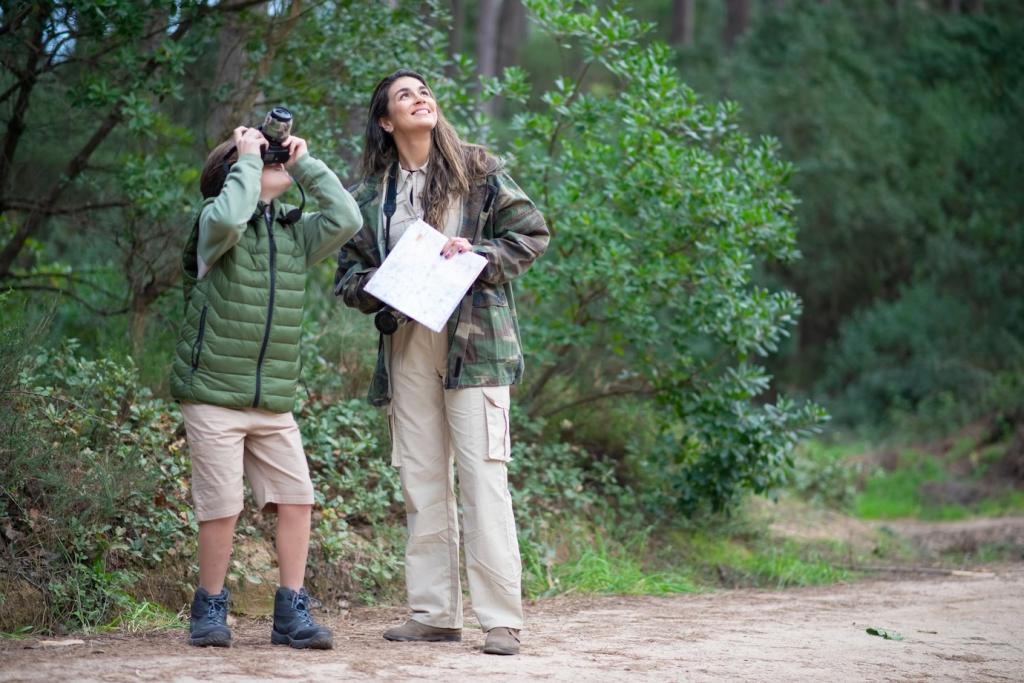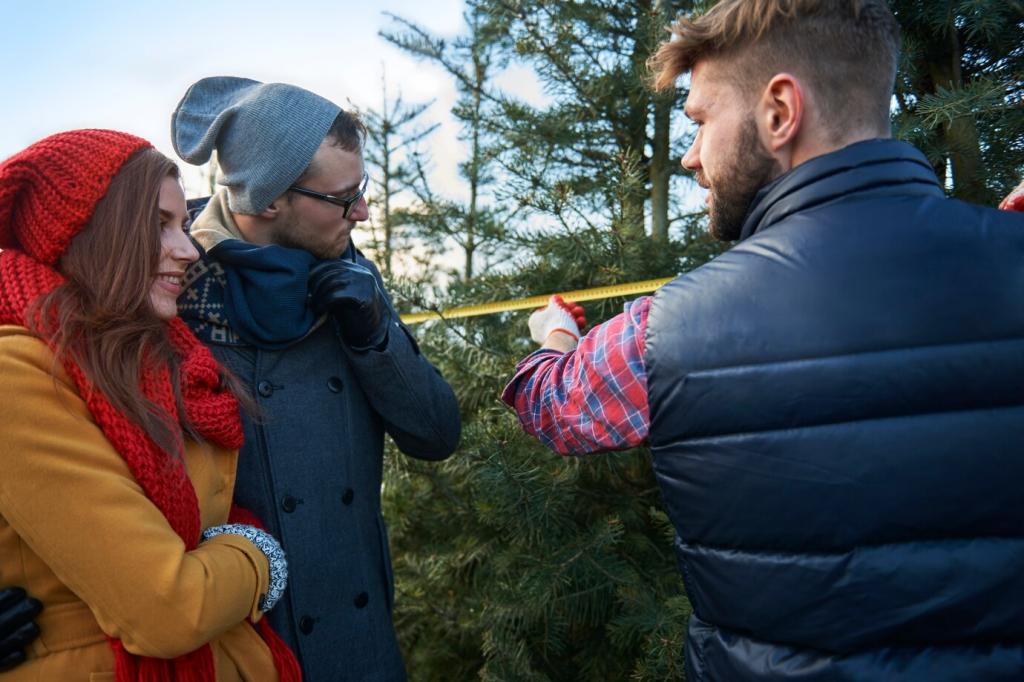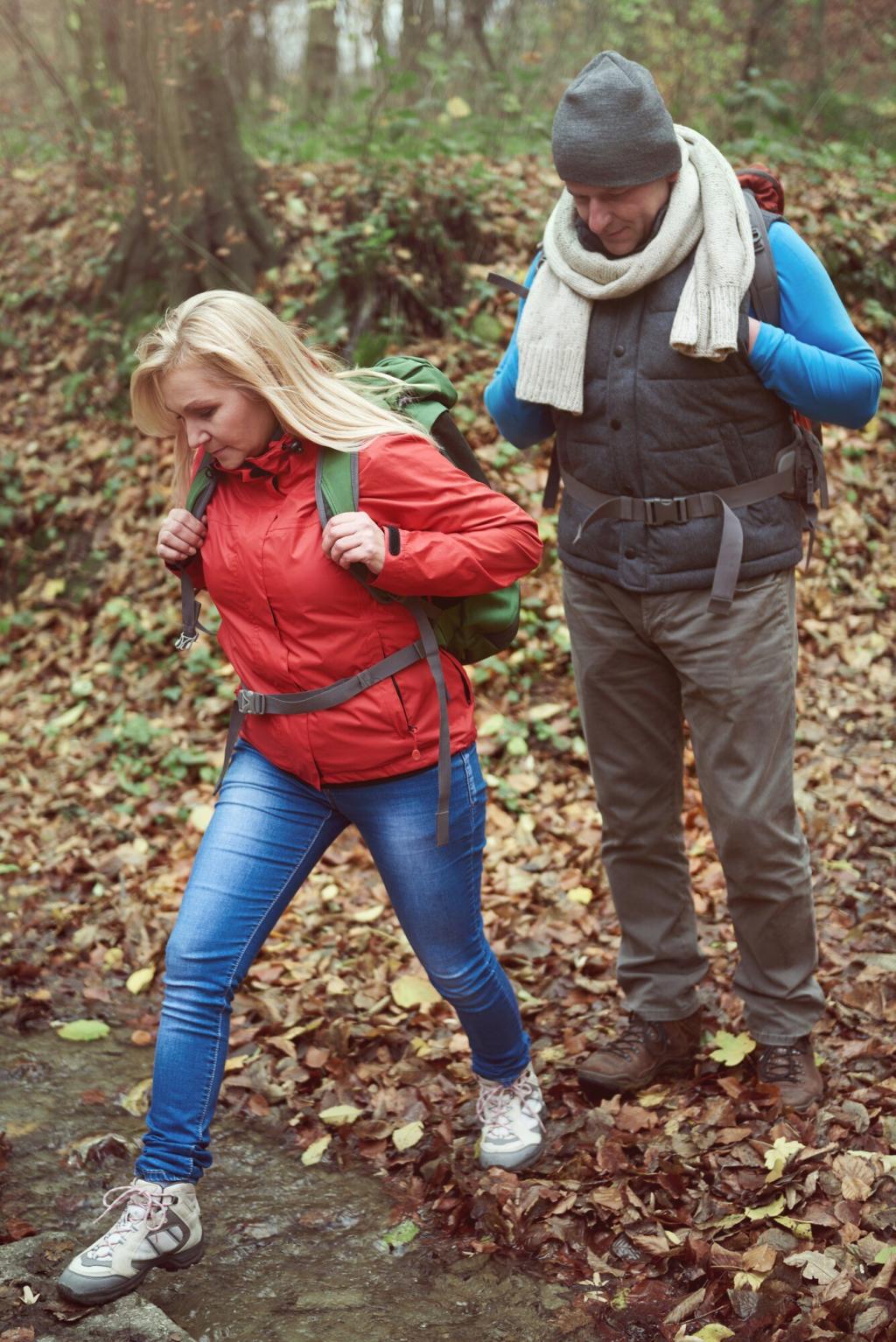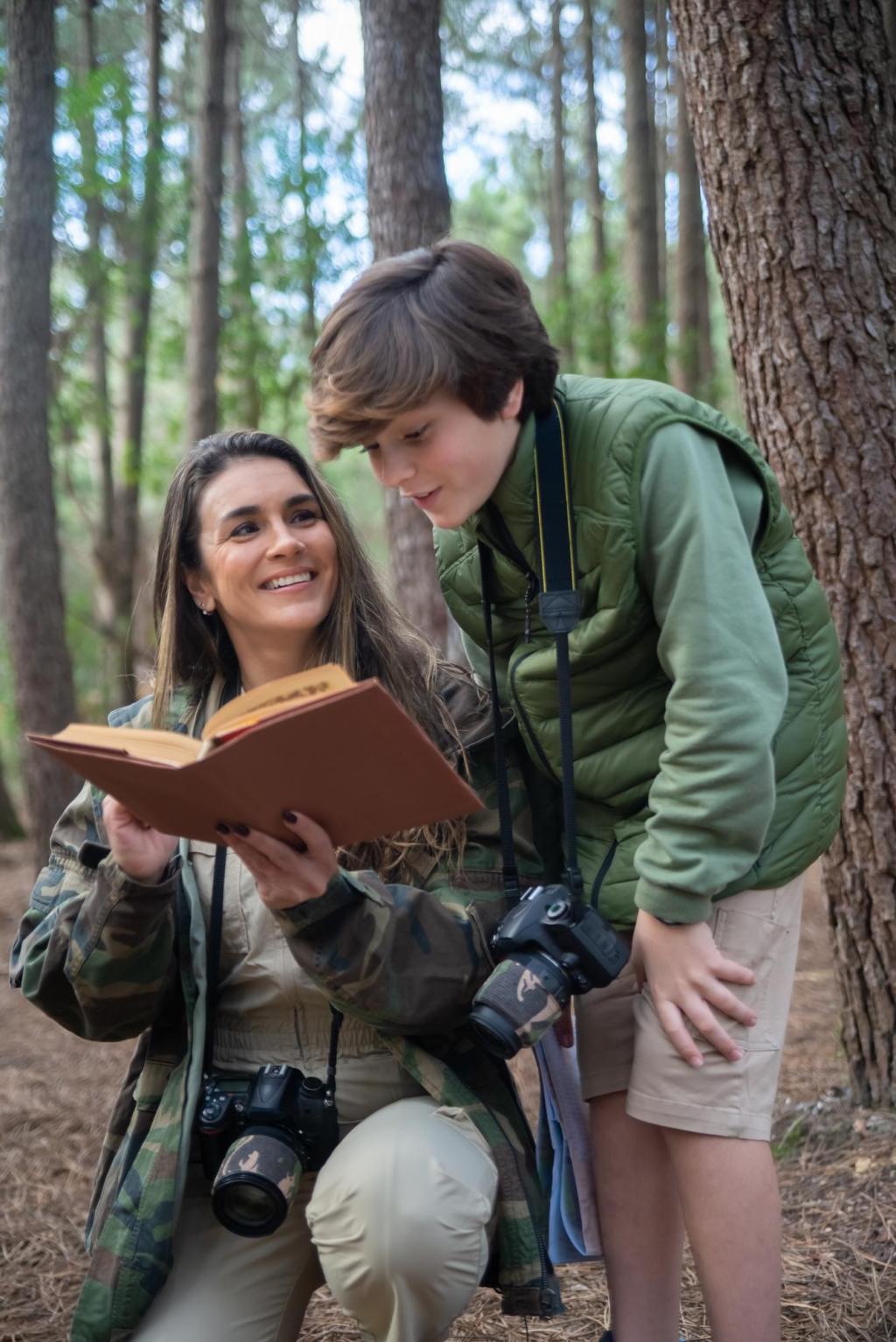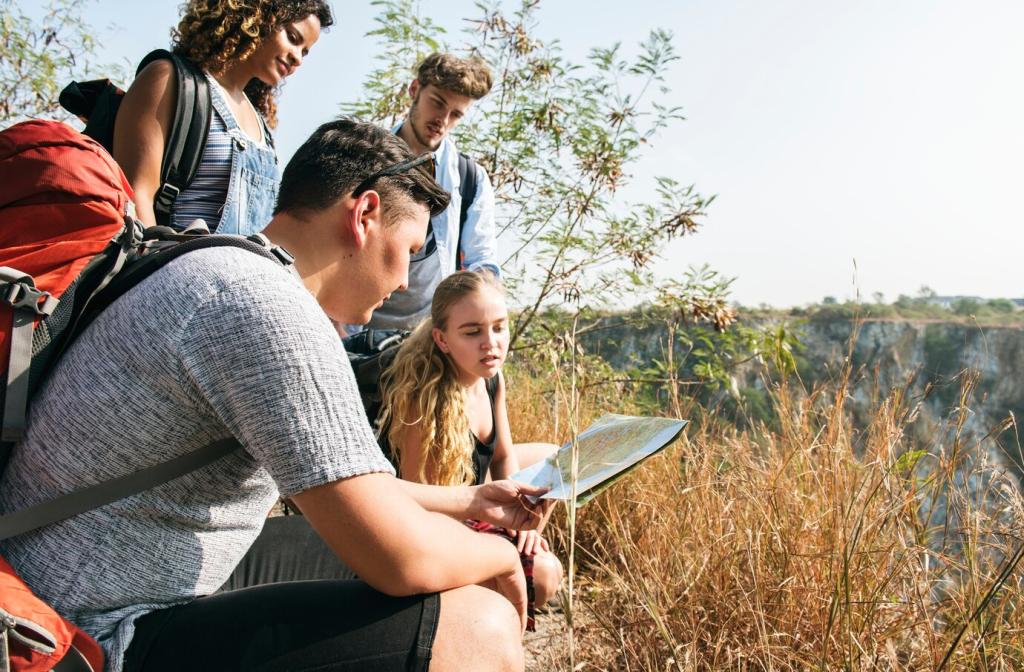Predators, Prey, and the Balance of Peaks
Where wolves return, elk browse more carefully, allowing willow and aspen to rebound and beavers to rebuild wetlands. In Asia’s high ranges, the elusive snow leopard steadies prey populations. If trophic cascades fascinate you, subscribe for our upcoming series on predator footprints shaping rivers.
Predators, Prey, and the Balance of Peaks
Pikas, marmots, and voles seed the slopes with caches, aerate soils, and feed raptors. Their choices ripple upward to predators and downward to plant communities. Post your first pika whistle of the season; collective timing helps reveal warming trends and shifting alpine thresholds.



